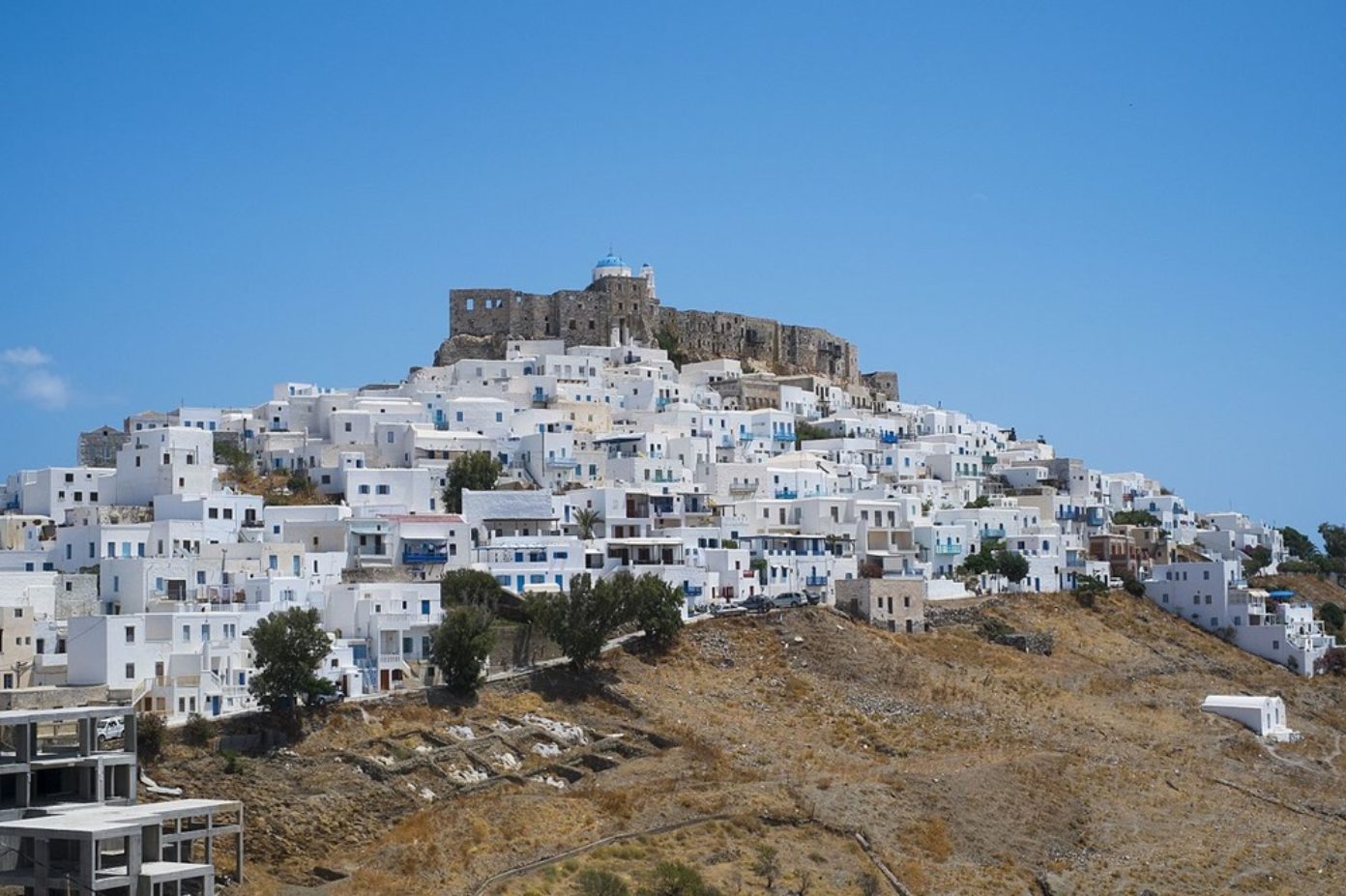In 2014, the world's oldest known erotic graffiti was unearthed on Astypalaia, a secluded Greek island within the Dodecanese archipelago, dating back to the early 6th to late 5th century B.C.
Among the findings is an inscription featuring two phallic images carved into the surface of a rock in the Vathy region. Adjacent to these images, archaeologists uncovered the name "DION" (ΔΙΩΝ).
Another inscription, discovered 52 meters above sea level, reads "Nikasitimos was here mounting Timiona" (Νικασίτιμος οἶφε Τιμίονα), providing further insight into aspects of ancient Greek private life.
Although same-sex relationships were accepted in ancient Greek society, this specific inscription offers clues about the intimate aspects of their lives. The strategic placement of these expressions of passion amidst nearby man-made structures suggests the existence of a complex in the area, possibly indicative of the literacy levels of the individuals involved.
The presence of inscriptions on a remote island like Astypalaia implies that writing was not limited to scholars and the educated elite. The graffiti, inscribed in the Greek alphabet, developed in the 8th century BCE, is executed in a "rustic" style typical of the 6th and 5th centuries BCE.
The durability of the limestone rock on which the graffiti is carved has ensured its preservation over millennia.
The oldest erotic graffiti discovered in Greece holds a triumphant tone. Dr. Andreas Vlachopoulos, an expert in prehistoric archaeology, uncovered these inscriptions while guiding students through the ancient Aegean world. Describing them as "triumphant inscriptions," the Princeton-educated professor noted their bold presence and explicit language, a rarity in such artifacts.
The use of the past continuous tense in the graffiti suggests a prolonged sexual encounter, a detail uncommon in erotic artwork. Situated near the Bay of Vathy on Astypalaia's northwestern edge, the discovery hints at a possible military presence in the area.
Astypalaia boasts a rich history, having been colonized by Megara or possibly Epidaurus. Its governance and structures are well-documented through various inscriptions. Notably, the island's archaeological service has unearthed a distinctive graveyard containing the remains of over 2,700 infants and toddlers interred in ceramic pots from around 750 BC to the Roman era.












0 Comments